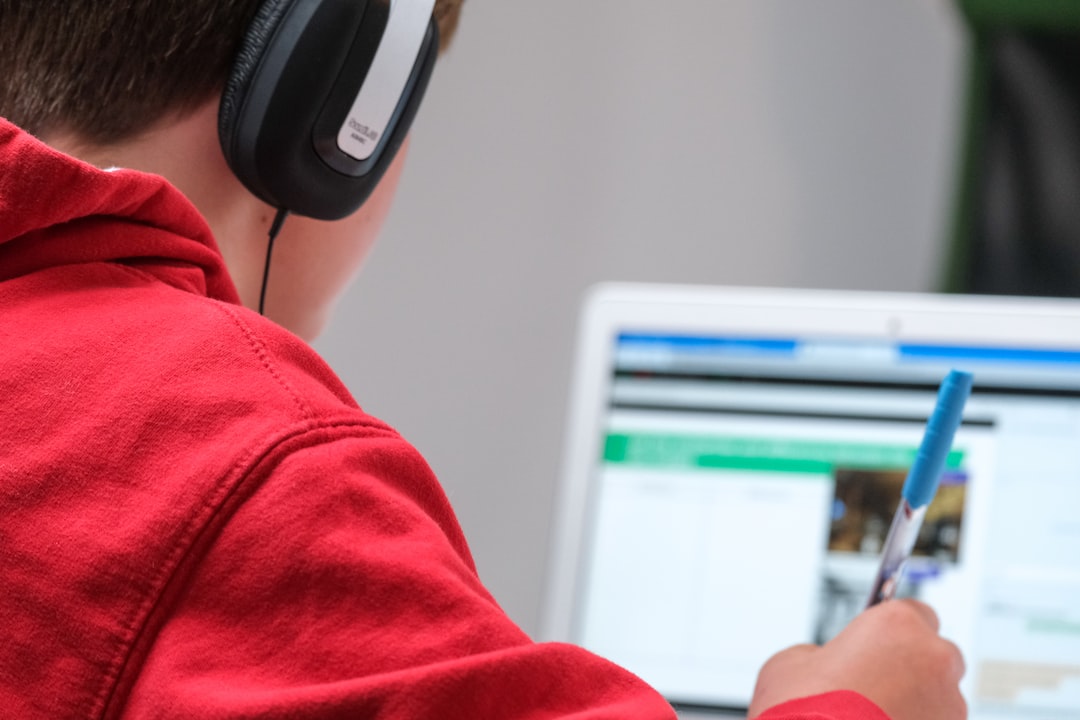Teaching Emotional Intelligence to Students
In today’s fast-paced and competitive world, academic success alone is no longer enough to thrive in life. As educators, our responsibility extends beyond imparting knowledge and developing cognitive skills; it is our duty to equip students with emotional intelligence. Emotional intelligence, also known as EQ, is the ability to recognize, understand, and manage our own emotions, as well as to empathize with others and build successful relationships. By teaching emotional intelligence to students, we unleash their full potential, preparing them for a well-rounded and fulfilling life.
One of the fundamental aspects of teaching emotional intelligence to students is helping them identify and understand their own emotions. Often, students struggle to express or make sense of what they are feeling, leading to frustration and confusion. By providing them with the tools to identify and label their emotions, educators lay the foundation for self-awareness and self-regulation. Simple activities such as journaling, reflecting, or maintaining an emotions chart can help students identify and discuss their emotions in a safe and supportive environment.
Once students have a solid understanding of their own emotions, it is crucial to teach them strategies to regulate and manage these emotions effectively. This includes teaching them relaxation techniques, such as deep breathing or mindfulness exercises, to help them calm down during stressful situations. Additionally, educators can introduce activities that promote emotional well-being, such as art therapy or physical exercise, providing students with outlets to channel their emotions in a healthy manner.
Furthermore, teaching empathy and compassion is fundamental in developing emotional intelligence in students. Empathy is the ability to understand and share the feelings of others, which is a vital skill in building strong and meaningful relationships. Encouraging students to practice active listening and perspective-taking not only enhances their ability to empathize but also fosters a sense of inclusivity and respect for others. Engaging in role-playing scenarios or participating in collaborative projects can provide students with opportunities to develop their empathetic skills by understanding different perspectives and collaborating effectively.
In today’s digital age, where face-to-face interactions are increasingly rare, teaching emotional intelligence becomes even more critical. Social media platforms, while connecting individuals, can also result in increased anxiety, loneliness, and cyberbullying. To combat these negative effects, educators must guide students on responsible digital citizenship and the importance of maintaining authentic relationships. Educating students about the consequences of their online actions and promoting healthy online communication can safeguard their emotional well-being and help them develop meaningful connections in the digital realm.
Lastly, incorporating emotional intelligence into the curriculum can be done through various subjects and activities. English literature, for instance, can be a powerful tool to cultivate empathy, as students immerse themselves in different characters’ emotions and experiences. History can teach students about the impact of emotions in shaping societies and historical events. Physical education can provide opportunities for students to practice emotional regulation through sports and cooperative activities. By integrating emotional intelligence into different aspects of education, students develop a holistic understanding and application of emotional intelligence across various domains.
In conclusion, teaching emotional intelligence to students is a vital component of their overall development. By equipping students with the ability to identify, understand, manage, and empathize with emotions, we prepare them for success in various aspects of life. In an increasingly interconnected world, where emotional well-being is paramount, it is our duty as educators to cultivate emotional intelligence in our students, empowering them to navigate the ups and downs of life with resilience, empathy, and grace.
